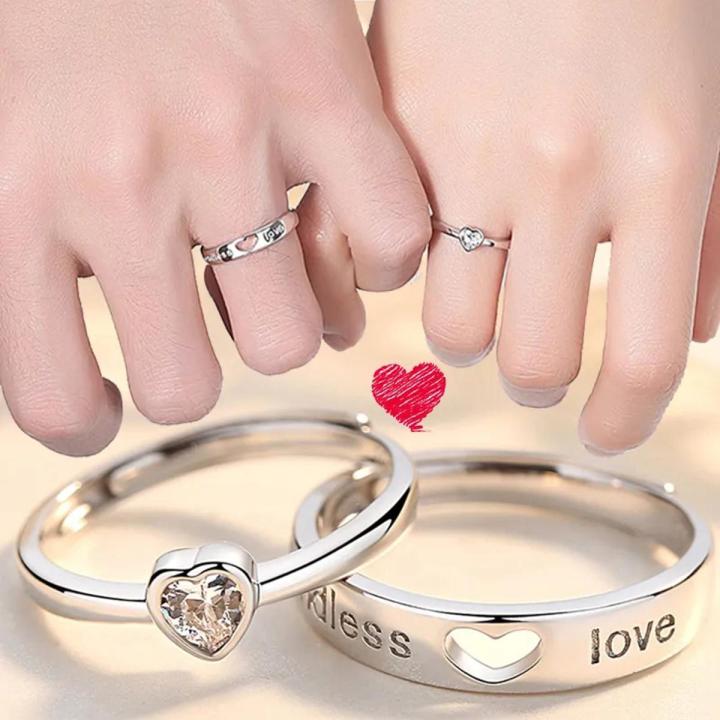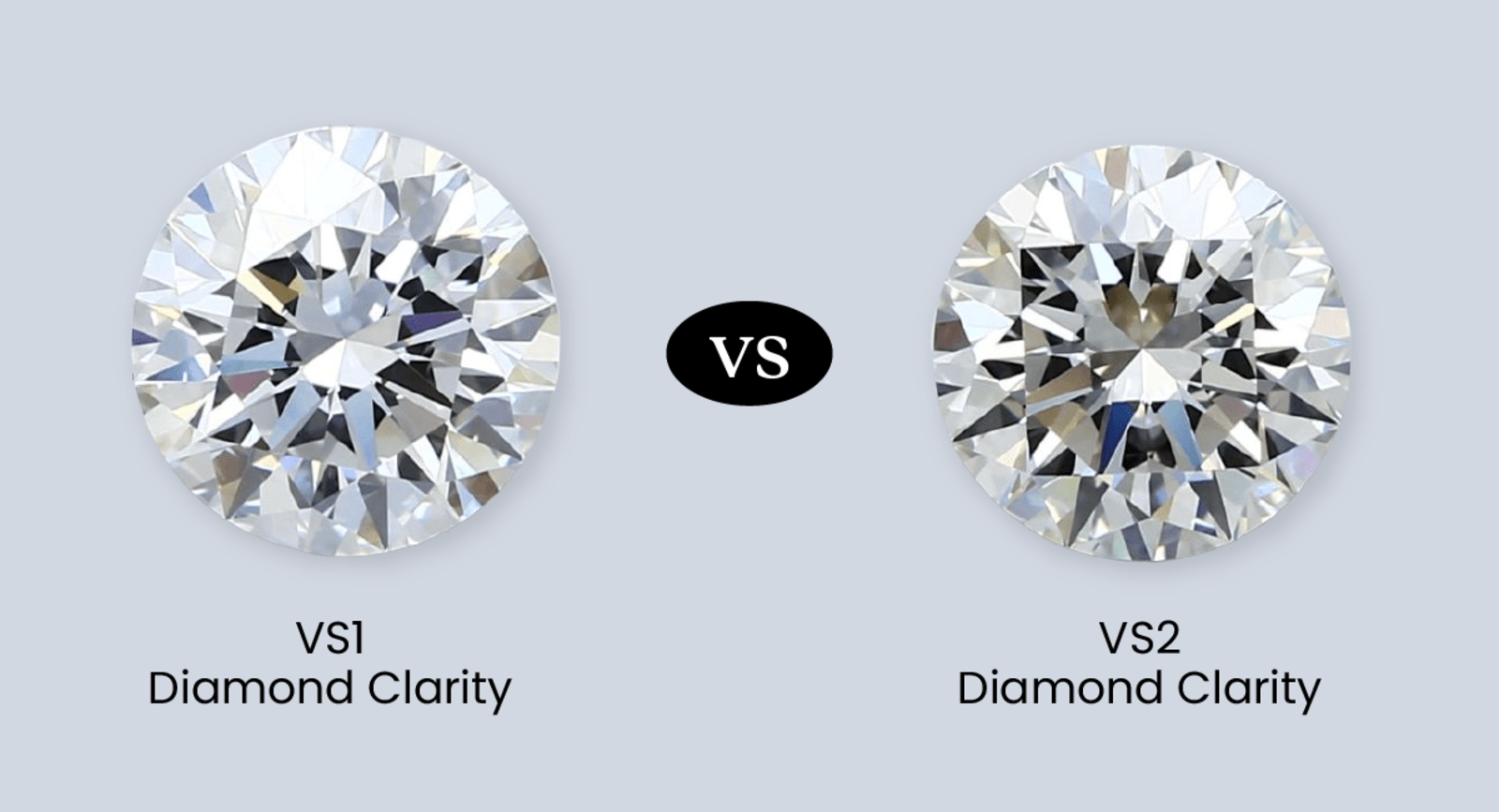Lab diamond rings have been gaining immense popularity in recent years, offering a stunning alternative to traditional mined diamonds. Whether you are shopping for an engagement ring or a special piece of jewelry, understanding lab diamond rings and their unique qualities is crucial to making an informed decision. This comprehensive lab diamond rings guides will help you understand the advantages, buying process, and factors to consider when purchasing lab-created diamond jewelry.
What Are Lab Diamond Rings?
Lab diamond rings are rings that feature diamonds that are created in a laboratory rather than being mined from the Earth. These diamonds are chemically, physically, and optically identical to natural diamonds. Using advanced technological processes such as High Pressure High Temperature (HPHT) and Chemical Vapor Deposition (CVD), lab-grown diamonds replicate the natural conditions under which diamonds form. Lab diamond rings offer all the beauty and durability of mined diamonds but with several added benefits, including ethical sourcing, environmental sustainability, and a more affordable price.
In recent years, lab diamond rings have become increasingly popular for engagement rings, wedding bands, and other fine jewelry. Their ability to match the sparkle and brilliance of mined diamonds, combined with their lower cost and ethical appeal, makes lab diamond rings a top choice for many consumers. This lab diamond rings guide will walk you through the key aspects of these stunning stones.
The Benefits of Lab Diamond Rings
One of the main reasons people are choosing lab diamond rings over traditional diamonds is the ethical and environmental benefits. Mined diamonds come with a significant environmental cost, including land degradation, water pollution, and the depletion of natural resources. Additionally, diamond mining has been linked to unethical labor practices in some regions, making it difficult for consumers to feel confident in the origins of their diamonds.
In contrast, lab diamond rings are created in controlled environments, significantly reducing their environmental impact. No mining is required, and the process uses fewer resources and creates less waste. Additionally, lab diamonds are free from the concerns of conflict diamonds, ensuring that the stones are sourced ethically. This makes lab diamond rings an attractive option for those who want to wear beautiful jewelry while supporting sustainability and ethical practices.
Lab Diamond Rings vs Mined Diamonds: Key Differences
While both lab diamonds and mined diamonds are made of pure carbon and are chemically identical, there are some key differences to consider when choosing between the two. The primary distinction lies in the method of formation. Mined diamonds are formed over millions of years under extreme pressure and temperature deep within the Earth’s crust, while lab diamonds are created through advanced technological processes in a laboratory setting.
Although lab diamonds are more affordable than their mined counterparts, they offer the same brilliance, sparkle, and durability. The primary difference is the price, as lab diamond rings can cost up to 30-40% less than mined diamond rings of the same quality. For those on a budget or those seeking a larger or higher-quality diamond, lab diamond rings offer an excellent value without sacrificing beauty or durability.
The 4 Cs of Lab Diamond Rings
When shopping for lab diamond rings, it’s important to understand the 4 Cs—cut, color, clarity, and carat weight—as they play a significant role in determining the overall quality and value of the diamond. These factors apply to both lab diamonds and natural diamonds, so it’s important to evaluate them carefully when choosing a lab diamond ring.
The cut refers to how well the diamond has been shaped and faceted, which directly affects the diamond’s brilliance and sparkle. A well-cut diamond will reflect light beautifully and create an eye-catching effect. The color of a diamond is graded on a scale from D (colorless) to Z (light yellow or brown), with colorless diamonds being the most valuable. Clarity refers to the presence of any inclusions or blemishes, and the fewer the imperfections, the higher the clarity grade. Carat weight measures the size of the diamond, with larger diamonds typically being more expensive.
By understanding the 4 Cs and how they impact lab diamond rings, you can ensure that you are getting the best value and quality for your purchase.
How to Choose the Right Lab Diamond Ring for You
Choosing the right lab diamond ring involves considering several factors beyond the 4 Cs, including personal style, budget, and occasion. When shopping for an engagement ring, consider whether you prefer a classic solitaire setting, a halo design, or a more modern style. The setting of the lab diamond is just as important as the diamond itself, as it can enhance the stone’s appearance and make a bold statement.
Another factor to keep in mind when selecting lab diamond rings is your budget. Lab diamonds are more affordable than mined lab made diamonds, but prices can still vary depending on the size, quality, and setting. Knowing your budget will help you narrow down your options and find a lab diamond ring that fits both your style and financial preferences.
Additionally, consider the occasion for which the lab diamond ring is intended. If it’s for an engagement, you may want to select a design that reflects the unique relationship you share with your partner. Lab diamond rings can be customized to suit different tastes and preferences, so take the time to explore various designs and settings to find one that resonates with you.
Caring for Your Lab Diamond Ring
While lab diamond rings are durable and resistant to scratches, it’s still important to take proper care of your jewelry to maintain its sparkle and shine. To clean your lab diamond ring, use a soft cloth and mild soap with warm water. Avoid using harsh chemicals or abrasives that could damage the setting or affect the diamond’s brilliance. It’s also a good idea to store your lab diamond ring in a safe place when you’re not wearing it to prevent scratches or damage from contact with other jewelry.
Regular maintenance is also important to ensure the setting remains secure, and the diamond stays in place. Consider having your lab diamond ring professionally cleaned and inspected once a year to ensure it continues to sparkle for years to come.
Lab Diamond Rings: A Sustainable Choice for the Future
As consumers become more conscious of the environmental and ethical impacts of their purchases, lab diamond rings offer a sustainable and responsible alternative to traditional mined diamonds. The process of creating lab diamonds uses less energy and produces fewer carbon emissions than diamond mining, making it a more environmentally friendly choice. Additionally, lab diamonds are conflict-free, ensuring that no human rights abuses are involved in their production.
By choosing lab diamond rings, you are supporting a more sustainable and ethical industry, which is important for those who want to make responsible purchasing decisions. Lab diamond rings allow you to enjoy the luxury and beauty of diamonds while making a positive impact on the planet.
Conclusion: Why Lab Diamond Rings Are a Great Choice
In conclusion, lab diamond rings are an excellent choice for anyone looking for high-quality, ethical, and affordable diamond jewelry. With all the brilliance and durability of mined diamonds, lab diamond rings offer a more sustainable and ethical option without compromising on beauty or quality. Whether you are purchasing an engagement ring, wedding band, or another piece of fine jewelry, understanding the benefits and features of lab diamond rings will help you make an informed decision.





